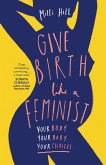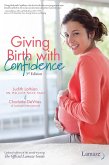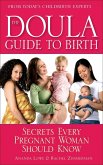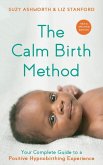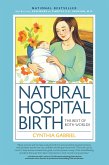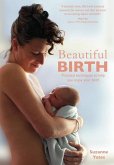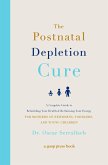For women who believe that childbirth is a normal event, and that hospitals are places to treat illness, home birth with a licensed professional midwife is a safe and viable option. Unlike the rest of the world where home birth and midwifery are the norm, Western society has captured the traditional childbirth model and recreated it as a high-tech pathological event fraught with dangerous interventions. Yet, the United States continues to rank 20th or worse in United Nations statistics of maternal and infant mortality. When this book was first published in 1978, the convergence of the back-to-nature and feminist movements—and the rise of consumer advocacy in health care—contributed to a growing home birth movement. Today, a 40% cesarean rate and the universal acceptance of stay-in-bed electronic fetal monitoring, an unproven technology, are just two of the common hospital occurrences that keep some women at home for childbirth. Midwife comes from the German word that translates as “with woman.” Research has shown that the close observation of an educated and caring woman makes birth complications predictable or preventable. Studies published in medical literature have documented that the care of educated, professional midwives is equal to or better than that of medical doctors, whether the birth takes place in the home or hospital. Home Birth reports on this research, as well as personal, practical stories of real childbearing families. The book reviews typical birth practices and gives advice on preparing both the family and the home for the event. There is also a chapter on preparing for hospital birth, should a transport in labor become necessary.
Hinweis: Dieser Artikel kann nur an eine deutsche Lieferadresse ausgeliefert werden.
Hinweis: Dieser Artikel kann nur an eine deutsche Lieferadresse ausgeliefert werden.


